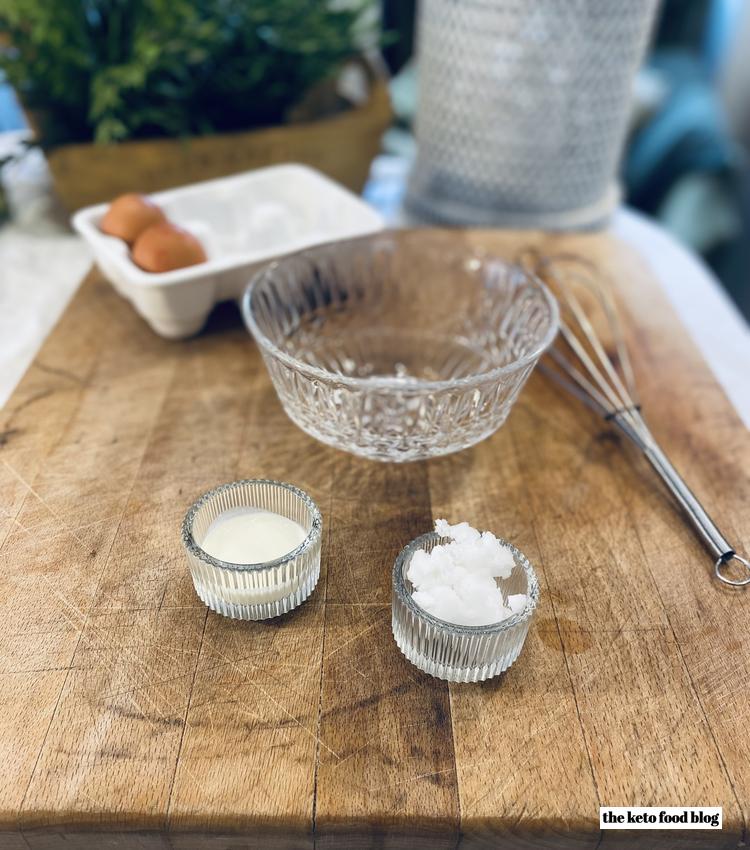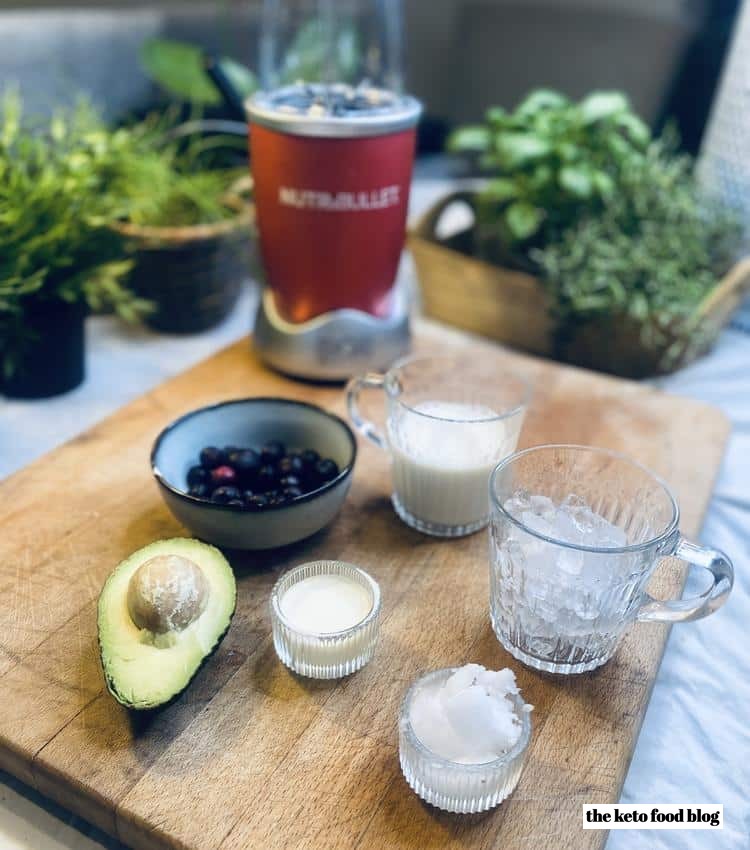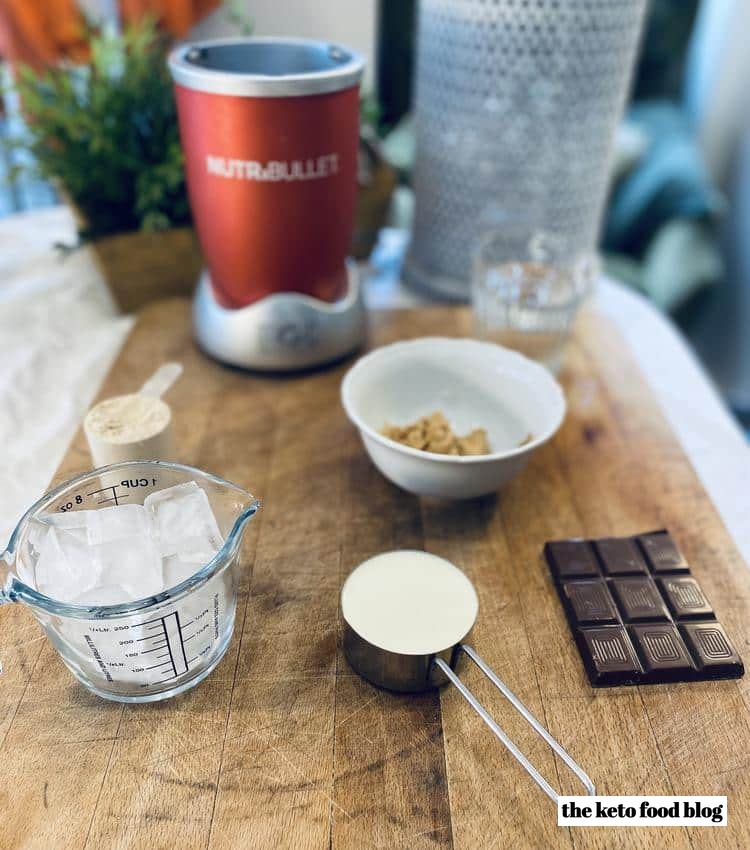Spicy Sriracha Shrimp
These shrimp make a nice snack, but if you toss in zucchini noodles for the last minute of cooking, you’ll have a delicious, complete meal.
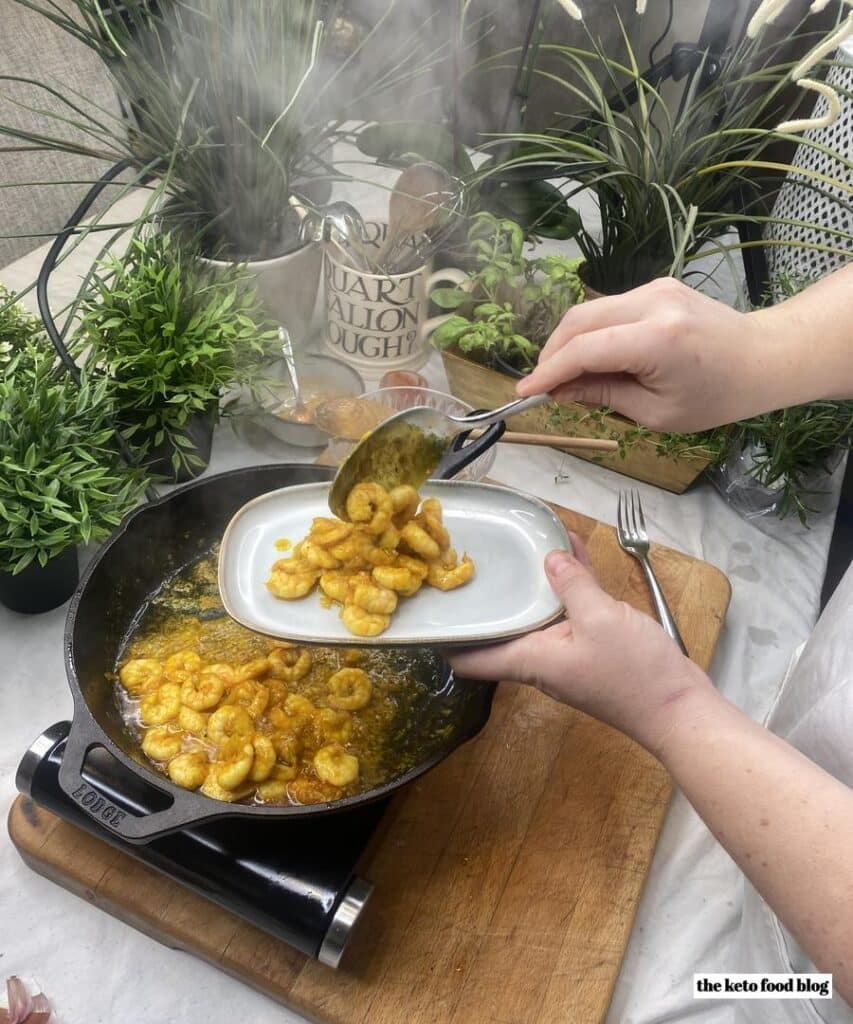
This spicy sriracha shrimp recipe is, of course, keto-perfect and combines the most expensive ingredient in the world – saffron with rich, deep turmeric. Can I use king prawns instead of shrimp?
Shrimp are an incredibly diverse group of crustaceans with species inhabiting a variety of environments from shallow coastal waters to deep ocean trenches. They vary in size from just a few centimetres long, to some species reaching up to 30 cm or more! The lifespan of shrimp varies greatly depending on the species and their environment; some live only for a few weeks while others can live for over 10 years. Predators of shrimp include fish, sharks and other larger crustaceans, as well as humans who use them for food. Some shrimp species also act as predators themselves, eating small invertebrates and algae in the water.
Shrimp are omnivores meaning they eat both plants and animals. They readily consume almost any organic material they encounter including small fish, worms, molluscs, plankton and algae. King Prawns are a group of large shrimps typically found in warmer coastal waters around the world. King prawns grow much larger than other shrimp species, reaching lengths of up to 30 cm. They have long antennae and large claws, which they use for catching prey like crabs and molluscs. King prawns also eat plant material such as algae, seaweed and plankton.
Just like other shrimp species, king prawns are preyed upon by larger fish as well as humans who seek them for food. King prawns have high commercial value, being sold in markets across the world. They are considered a delicacy and are often used in sushi dishes or as part of seafood platters.
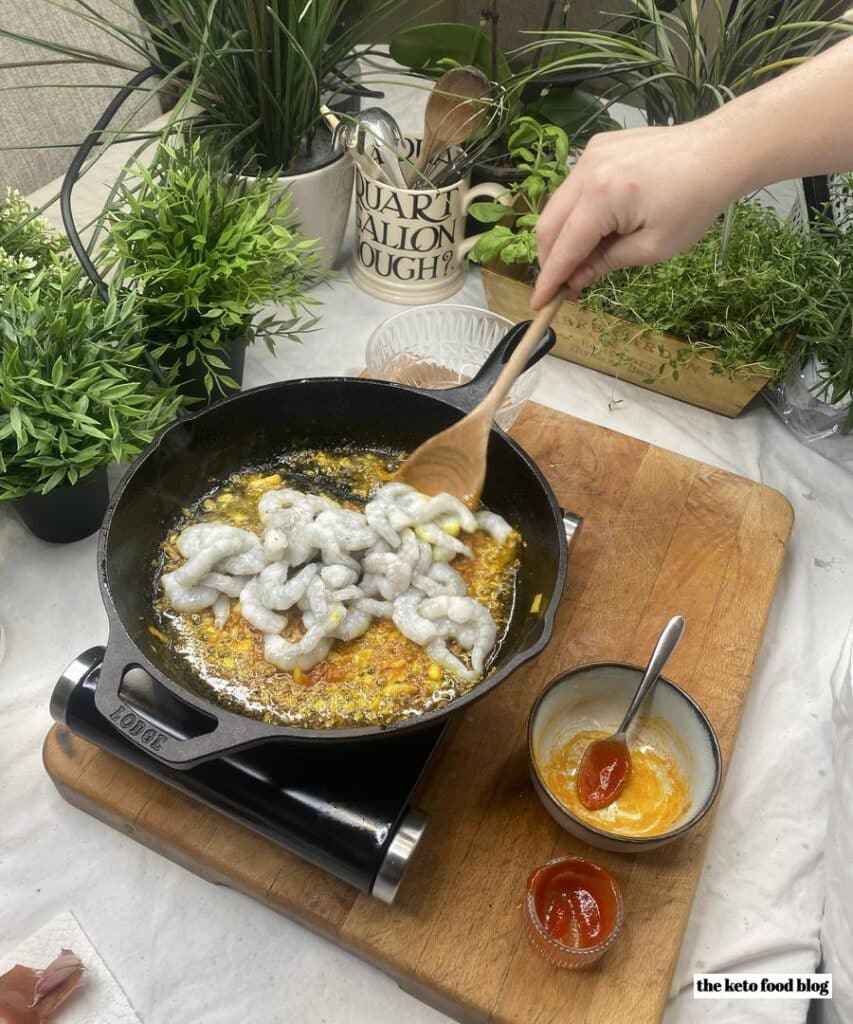
Tummy Terrific Turmeric
Turmeric is a spice commonly used in Indian cuisine. It has been used for centuries in traditional Chinese and Ayurvedic medicine, due to its purported health benefits. Studies have shown that turmeric may help protect against certain types of cancer, reduce inflammation, and improve brain function. Turmeric contains an active ingredient called curcumin, which is what gives it its characteristic yellow colour. Curcumin has potent anti-inflammatory and antioxidant properties, which is why many people take it as a dietary supplement or add it to their food. Additionally, turmeric may help lower cholesterol levels and improve heart health by reducing the risk of heart disease. It can also be used topically in skincare products, as it may help reduce acne and signs of aging. All in all, turmeric is a powerful spice that can offer numerous health benefits.
Why is saffron so expensive?
Saffron is an incredibly precious spice that has been used for centuries in many different cultures. Originating in the Mediterranean, it is now grown all around the world, including India and Iran, which are two of its largest producers. The flower from which saffron comes must be painstakingly hand-picked by farmers and this labour-intensive process is what makes it so expensive. Each flower contains just three red stigmas, which must be carefully removed and dried before they can be used as spice.
It can take up to 75,000 flowers to produce a single pound of saffron! As well as being costly, saffron has a distinct flavour that cannot be replicated and lends an unmistakable aroma to dishes. It can be used in a variety of recipes, from Indian curries to Spanish paellas. Saffron is also known for its medicinal properties and has been used as a traditional remedy for many centuries. It’s thought that saffron may help with conditions such as depression, digestive problems, and even cancer.
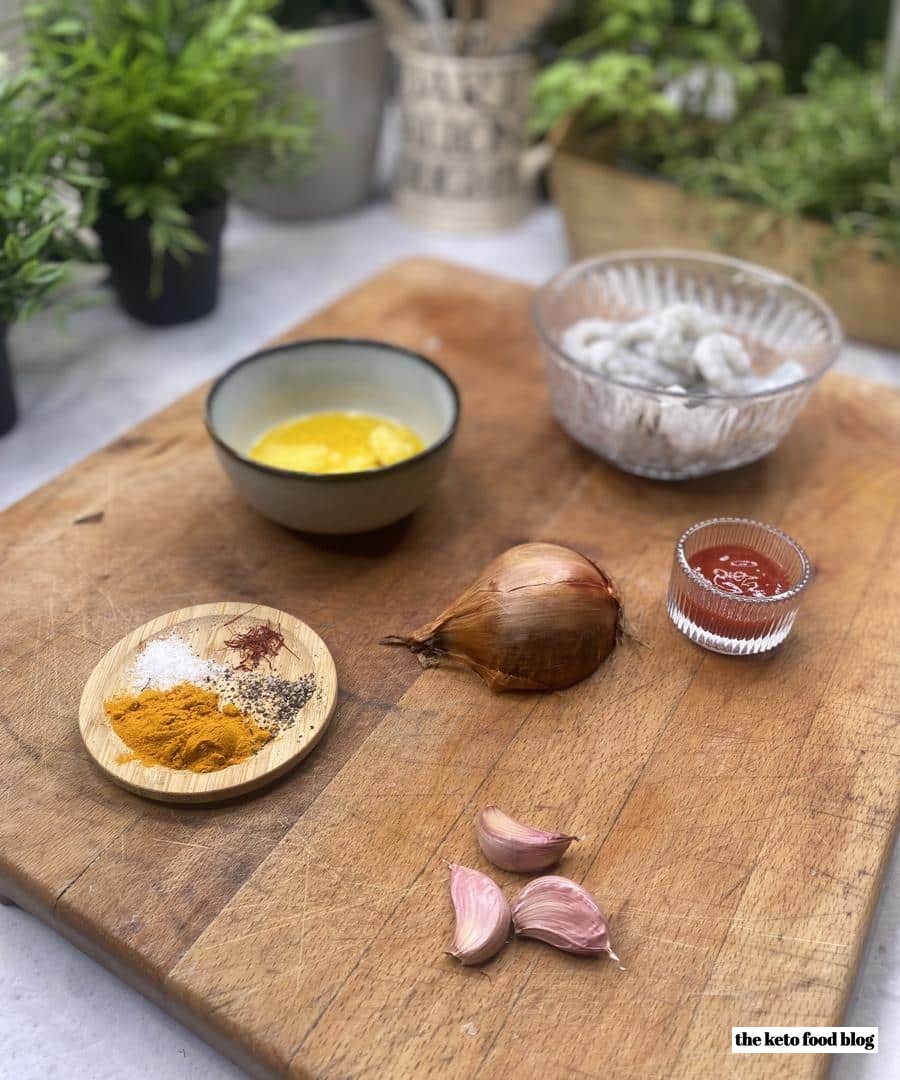
Spicy Sriracha Shrimp
These shrimp make a nice snack, but if you toss in zucchini noodles for the last minute of cooking, you’ll have a delicious, complete meal.
Serves
Prep Time10 Mins
Cook Time10 Mins
Total Time20 Mins
Ingredients
- 1 tbsp minced garlic
- 1 tsp ground tumeric
- Pinch sea salt
- Pinch ground black pepper
- Pinch saffron
- 3 tbsp golden ghee
- 0.5 onion, chopped
- 2 tbsp sriracha
- 1 lb medium shrimp, peeled and deveined
Instructions
- In a small bowl, mix the garlic, turmeric, salt, pepper, and saffron.
- In a large skillet, melt the ghee over medium heat.
- Add the onion and cook until softened, 3 to 5 minutes.
- Stir in the spice mixture and cook for 2 minutes.
- Stir in the sriracha.
- Add the shrimp and sauté until cooked through, about 5 minutes. Serve immediately.
Nutrition Facts Per Serving
Did you make this recipe?
Share it on instagram and tag it #theketofoodblog. If you'd like to leave a rating without leaving a comment, you can do so by clicking the stars underneath the recipe.
Thanks for reading as always!
- Lucy & Will
